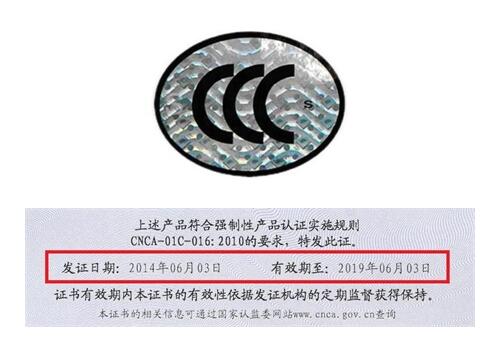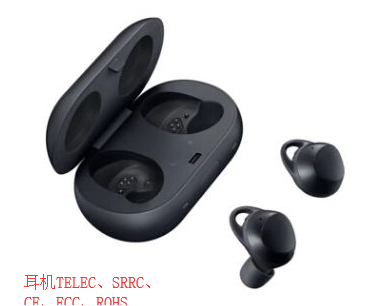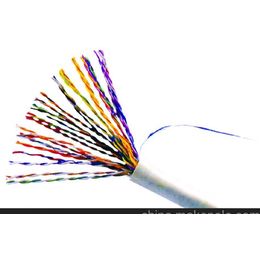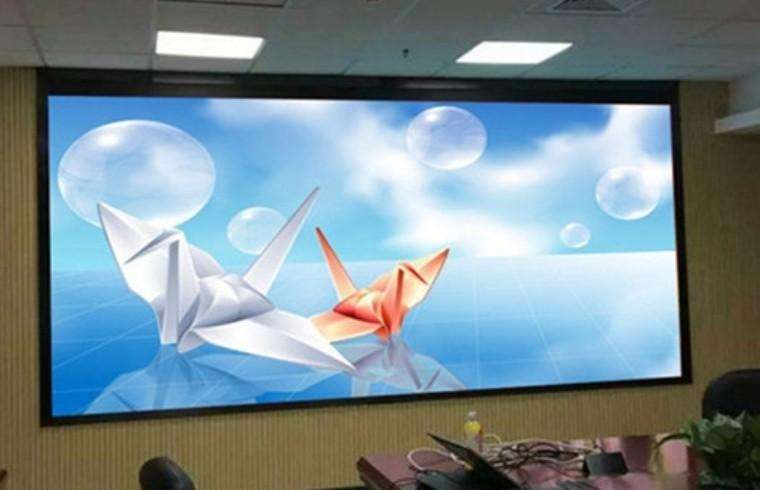在欧盟的每个成员国,涉及到PPE的国家法律都要转变成PPE指令,并按照“完全一致的”原则采用。换言之,在欧洲所有国家(包括欧洲经济区域)都要以相同的方式转换成PPE指令。因此,PPE必须符合修订PPE指令中所规定的健康和安全要求及相关的认证程序要求。
劳保护目镜检测标准有哪些:
EN 379:2003+A1:2009 Personal eye-protection — Automatic welding filters
EN 166:2001 Personal eye-protection — Specifications
EN 169:2002 Personal eye-protection — Filters for welding and related techniques — Transmittance requirements and recommended use
EN 170:2002 Personal eye-protection — Ultraviolet filters —Transmittance requirements and recommended use
EN 172:1994 Personal eye protection — Sunglare filters for industrial use
EN 174:2001 Personal eye-protection — Ski goggles for downhill Skiing
EN 175:1997 Personal protection — Equipment for eye and face protection during welding and allied processes
EN 207:2017 Personal eye-protection equipment — Filters and eye-protectors against laser radiation (laser eyeprotectors)
EN 208:2009 Personal eye-protection — Eye-protectors for adjustment work on lasers and laser systems (laser adjustment eye-protectors)
劳保护目镜PPE认证流程
1.确认产品信息,根据产品信息判定PPE等级,选择合格评定模式,签署CE认证合同。
2.安排测试,由我方项目负责工程师编撰指令要求的详细测试项、测试要求及测试计划书。
3.资料提交,由我方项目负责工程师赴贵公司进行CE认证资料收集。
4.产品整改,将收集来的产品信息和工厂情况与相应的欧洲产品标准和PPE指令进行比对,找出其中不符合项,并提出整改建议。
5.整改实施厂方,根据我方项目工程师的建议对产品进行整改。
6.整改确认及检测,由我方工程师检查测试上的不符合项,并按照标准对产品进行厂内测试。
7.测试结果汇总分析,分析测试结果,如有不符合项与贵公司工程人员进行协商,对产品继续进行相应的改善。
8.送样(如果需要)合格后将测试样品发往欧洲发证机构进行测试。
9.撰写TCF提交文件,我方工程师进行技术文件的整理,递交技术文件给发证机构。
10.机构审证:认证机构审核文件,我方工程师负责回答认证机构审核过程中的疑问。
11.发证机构颁发CE证书。






